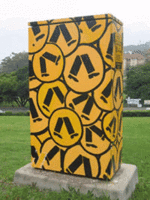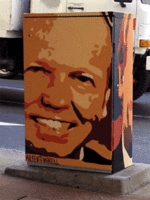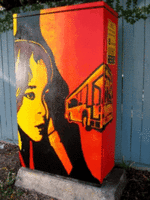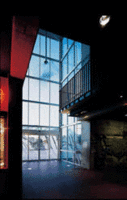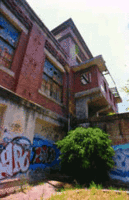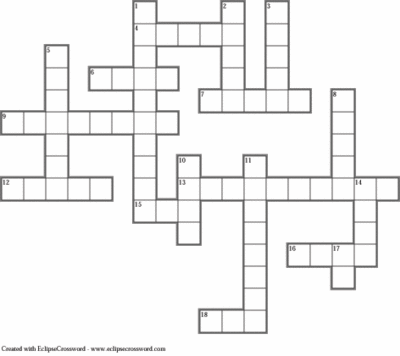“Photographs are as much an interpretation of the world as paintings and drawings are’ (Susan Sontag).
My response this week derives from this quote. I chose a response to stimulus type answer, using a photograph of a model (called Izabel from http://models.com/model_culture/50topmodels/top50.cfm?fnumber=50&lnumber=46 and three possible perspectives of this picture. The responses are purely creative, and do not reflect the personal opinion of Izabel (at least I assume not!).
As well as the photo, I included my own drawing. This drawing is based on an image of a model which has been drawn in my own interpretation of something like a self-portrait.
I imaged the person in the photo with a low self image, something opposite to what the photo suggests and I drew perhaps what the person in the photo may see themselves as.
As I mentioned it is purely creative, but I think plausible. A photo reflects an image of person into someone else idea of what that person is.
(Quote from reading: Edwards, Sue, Photographs as Interpretations of the World. (no other citation information available – refer to unit reader p 223))

Response #1:
Sultry, sexy and sure.
To be her, would to be it.
Response#2:
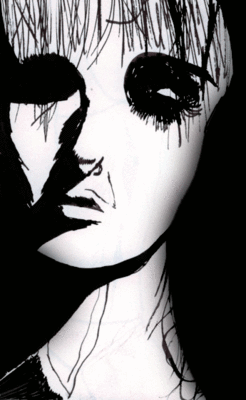
I’m not sure how old I was when the fear of failure, and the fear of others set in. I suppose it’s always been there, I just realised it was there one day. I became so aware of it I couldn’t shake it, and now it’s stuck there, like a hair in a bowl of soup. Its there, you can see it, but you’ll be damned if you can get rid of it.
And then everything else came all at once. Fear, awareness, self consciousness, judgement of others and it all just snowballs. It would be better if it was a staggered process, but for some reason all the dominoes fall at once.
This sounds like pointless dribble, but there is a meaning to it all.
The image of me is not what I expected it to be.
I can see my portrait, but I do not understand what I see. I’m not saying I don’t like it, I’m definitely curious about it, but it is a different person to what I see.
Around the eyes, don’t you see it? There, self assurance. And the upward curve of the mouth, is that happiness? But surely there should be fear, not fear sorry, but that sense of waiting for everything to go wrong, just wait, you’ll see it.
I wonder what everyone else can see?...
Response #3:
This is a photo. That’s all it is, how can I possibly tell you anything about this person when it is clearly only a still of one miniscule moment of a trillion miniscule moments – I therefore can conclude nothing, except she’s got great tits…
